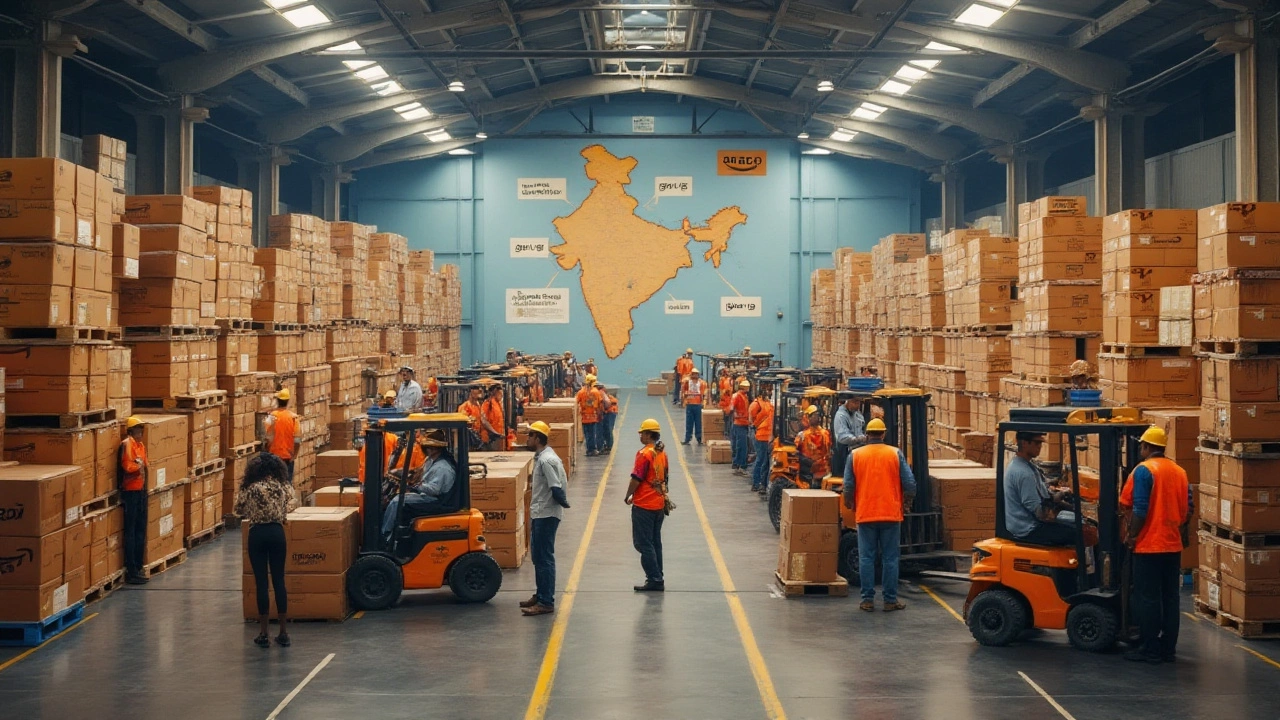Pallet Pricing Guide – How Much Do Pallets Really Cost?
Ever wondered why a pallet can be $30 one day and $45 the next? It’s not magic – it’s a mix of size, material, weight, distance, and how you pack your bike. Knowing what drives pallet pricing helps you avoid surprise charges and keeps your bike shipping budget in check.
What Determines Pallet Pricing?
First off, pallet size matters. In India the most common sizes are 1.2 m × 1.0 m (standard) and 1.2 m × 1.2 m (Euro). Bigger pallets use more wood or plastic, so the base price goes up.
Material is the next big factor. Wooden pallets are cheap but can get damaged, especially when you load a heavy bike. Plastic pallets last longer and protect your bike better, but they cost more. Some companies also offer reusable steel pallets for high‑volume shippers – they’re pricey upfront but can save money over time.
Weight and load distribution play a role too. A single bike might weigh 150 kg, but if you add a helmet, spare parts, and a box, you’re pushing the limit of a standard pallet. Exceeding the weight rating forces the carrier to use a stronger pallet or add extra handling, which raises the price.
Distance and route affect cost. Short hops within Chennai are cheap, but a pallet that travels to another state or to a port incurs higher freight rates, fuel surcharges, and possibly customs fees if it’s an export.
Finally, service level matters. Door‑to‑door delivery, insurance, and special handling (like “no‑tilt” for a bike) add extra fees. If you choose a basic terminal‑to‑terminal drop, you’ll pay less.
Tips to Reduce Your Pallet Costs
1. Choose the right size. Measure your bike and packing box before ordering a pallet. If a 1.2 m × 1.0 m pallet fits, you avoid the extra charge for a larger Euro pallet.
2. Go for reusable pallets. If you ship bikes regularly in Chennai, ask your carrier about a reusable pallet program. You pay a small deposit and return the pallet after delivery, cutting down on per‑pallet fees.
3. Consolidate shipments. If you have multiple bikes or accessories, stack them on one pallet instead of using several. Carriers love full pallets because they’re easier to handle.
4. Secure the load properly. Use straps, braces, and cushioning. A well‑secured bike reduces the chance of damage claims and extra handling fees.
5. Ask for a price break. Many freight firms offer discounts for bulk pallet orders or repeat business. Mention that you’re a regular bike transport customer in Chennai and negotiate.
6. Plan your route. If you can schedule the shipment during off‑peak hours, you might avoid rush‑hour surcharges. Early morning or late evening pickups are often cheaper.
7. Check insurance options. Some carriers include basic coverage, but you may be paying for duplicate insurance. Compare the carrier’s policy with your own business insurance to avoid double‑paying.
By understanding these factors, you can predict pallet pricing and keep your bike transport costs transparent. At Bike Transport Chennai Services we use the right pallets for each bike, pack them securely, and work with carriers that offer competitive pallet rates. That means your bike arrives safely without hidden fees.
Bottom line: pallet pricing isn’t a mystery – it’s a mix of size, material, weight, distance, and service. Use the tips above to stay in control, and you’ll see real savings on every bike shipment.
